Introduction
The world of e-commerce is rapidly evolving, with a growing number of people engaging in online shopping and contributing to a booming economy. To keep up with this growth, businesses must adopt strategies that simplify navigation and personalize the customer experience. By leveraging customer data, businesses can cater to the demands of today's smart consumers who seek a seamless and tailored shopping journey.
This article explores the importance of e-commerce catalog management and provides expert advice on best practices, including optimizing catalog organization, utilizing data science, and implementing effective product description strategies. Additionally, it discusses the role of catalog management software tools, personalization, SEO optimization, inventory auditing, and integrating customer feedback for continuous improvement. By following these recommendations, e-commerce platforms can exceed customer expectations and secure their position in a competitive digital marketplace.
Understanding the Importance of E-commerce Catalog Management
A well-structured e-commerce catalog is pivotal for guiding customers through the digital aisles of your online store, much like a map navigates a traveler through unfamiliar terrain. Accurate classification, combined with easily accessible product details, turns the shopping journey into an intuitive adventure. This is shown by the success of City Bird, whose extensive range of SKUs is seamlessly managed through Lightspeed Retail POS, enabling a multimodal shopping process. The system provides powerful insights and reporting capabilities, enabling the identification of trends and the optimization of inventory management.
As we approach 2024, the online shopping industry is rapidly evolving, with a 30% global population engaging in online shopping, contributing to a $5.7 trillion economy. To keep up with this expansion, it's crucial to embrace a approach that not only streamlines navigation but also tailors the user journey. Amazon's approach to utilizing data from consumers to recommend products exemplifies the potency of personalization in e-commerce. By incorporating comparable approaches and technologies, businesses can meet the expectations of the modern intelligent user, who seeks a more advanced, smooth, and personalized shopping journey.
In this era of digital commerce, strategies that extend beyond conventional client engagement are necessary to thrive. Building an omnichannel presence and harnessing advanced analytics are key to understanding and adapting to consumer behavior. This ensures that each customer's experience with your brand is as unique as their individual preferences, fostering loyalty and driving sales. By incorporating these practices, online platforms can not only meet but exceed the expectations of the modern consumer, securing their position in a competitive digital marketplace.

Best Practices for E-commerce Catalog Management
Optimizing your e-commerce catalog is a multifaceted endeavor that hinges on well-structured information and an intuitive user interface. A strong method starts with careful arrangement, guaranteeing that items are simple to browse and locate. This involves utilizing tags, categories, and attributes, which not only facilitates a smoother internal search process but also enhances search engine visibility. An essential element of this is the file, crucial to managing information on platforms like WooCommerce. Rich product descriptions, peppered with relevant keywords, alongside high-quality images and videos, are indispensable for an engaging user experience that drives conversions.
Embracing data science is another strategic imperative. It offers an expansive view of consumer behavior, capturing insights across varied touchpoints — from initial ad clicks to post-purchase reviews. Analyzing this data helps in crafting detailed consumer personas, understanding purchasing patterns, and discerning effective marketing channels. This intelligence is crucial not only for customer acquisition but also for reducing churn and preventing cart abandonment by pinpointing effective prompts and interventions.
In the dynamic landscape of e-commerce, innovative fulfillment models are also taking center stage. Retailers are adopting diverse strategies for inventory management, order processing, and product delivery, each tailored to their unique operational needs and industry standards. The goal is to ensure that fulfillment processes are as efficient and customer-friendly as possible, adapting to the evolving expectations of online shoppers.
Recent advancements like checkout-free stores powered by technologies such as Zippin, as seen in Dublin Airport, illustrate the ongoing evolution in retail. Such innovations eliminate the friction of traditional checkouts, offering seamless experiences that align with the fast-paced lives of consumers. This exemplifies a wider pattern where convenience and efficiency are crucial, and online shopping platforms must constantly innovate to fulfill and surpass consumer expectations.
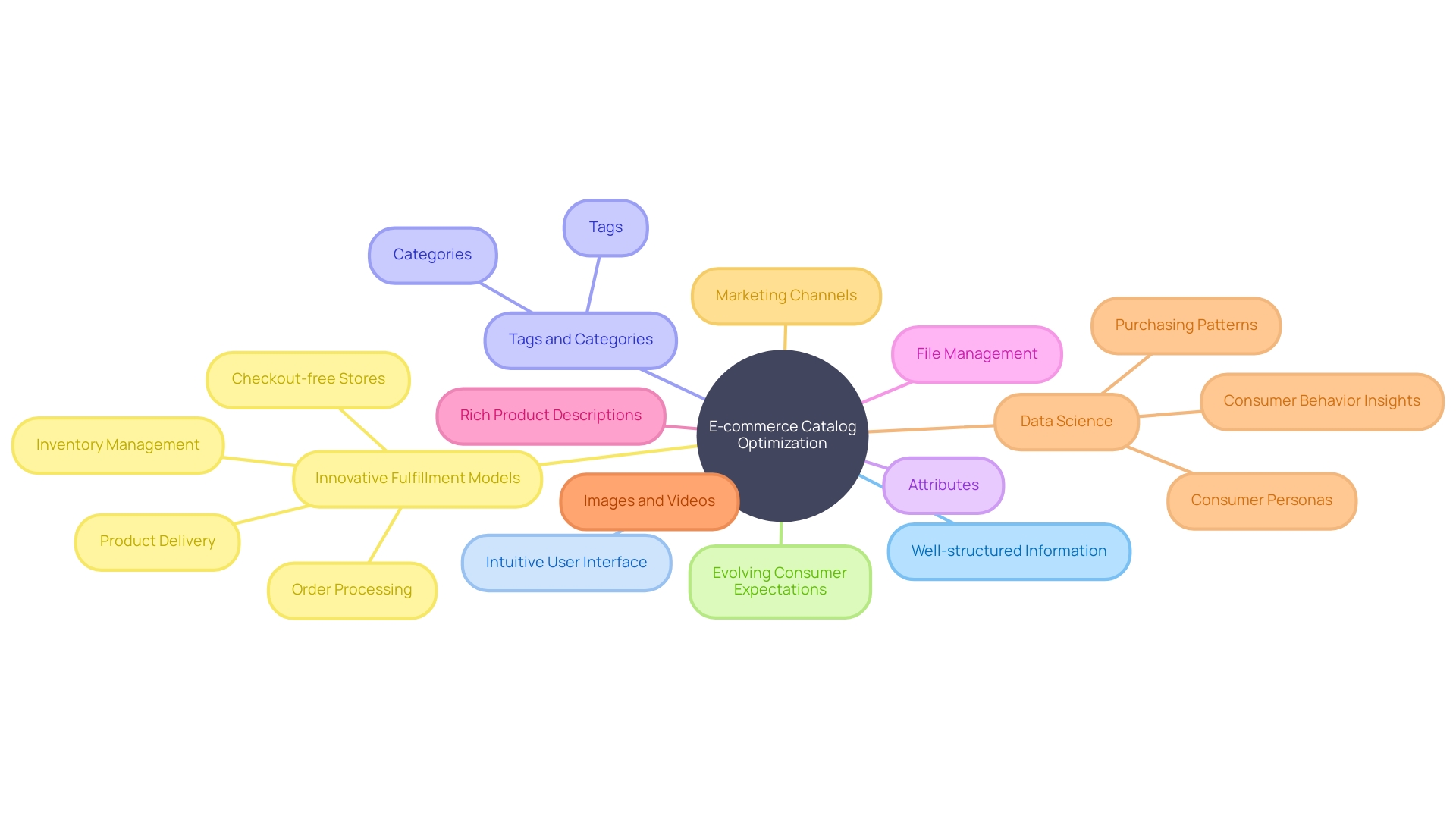
Creating Consistent Product Categorization
Organizing items in an e-commerce catalog effectively is similar to creating a well-structured map for customers, directing them to their desired destinations with ease. A natural arrangement of categories and subcategories, reflecting the way shoppers think and search for items, not only improves user experience but also strengthens the discoverability of items, which is essential for conversion rates.
In the digital marketplace, the significance of a carefully organized catalog is emphasized by the complexity of managing extensive amounts of data. As highlighted by Shikha Verma, Head of Product at Amazon DataZone, a well-governed data ecosystem is essential for linking consumers with the items they seek. This governance starts with a distinct and rational classification, which acts as the foundation of a robust search and exploration process.
Furthermore, market dynamics underscore the need for robust categorization strategies. Colleen Volheim, category research and analysis manager at Hamacher Resource Group, emphasizes the evolving nature of consumer expectations and the critical role data plays in shaping product assortments and planograms. The consumer journey is becoming more data-focused, with a smooth shopping process being a key differentiator.
By leveraging data from various sources, retailers are better equipped to personalize assortments and cater to specific demographic and regional preferences. The integration of POS, syndicated, and store brand data into space management software exemplifies the strategic use of data to inform category decisions, maximize shelf space, and enhance customer satisfaction.
The overarching concept is that an item is more than just a thing for purchase; it is a nexus of data that, when skillfully managed, can transform the e-commerce experience. As the competition for digital attention intensifies, the clarity and consistency of your merchandise categories are more than just a convenience—it's a competitive imperative.
Ensuring Accurate and Detailed Product Information
To enhance the confidence of buyers and reduce any doubts after making a purchase, careful focus on details about the item is crucial. This involves a comprehensive approach to detailing item specifications, including dimensions, materials, functionalities, and other salient features. For instance, as Soeren noted in a business upgrade journey, a thorough analysis translated into specific requirements that improved the system's operability. Likewise, delivering details about the merchandise should be carefully examined to fulfill client demands.
Furthermore, expressing descriptions of goods with accuracy and attraction is crucial. Lemieux's background, where fragmented data across sales channels resulted in inconsistent information about the merchandise, highlights the importance of a consolidated source for data to improve the experience of buyers. This approach not only streamlines operational efficiency but also fortifies the narrative, as storytelling has proven to be an influential strategy to connect with the audience by delineating the 'who', 'what', and 'why' of the items.
Incorporating testimonials from clients and clear contact information can greatly enhance listings. This strategy aligns with the concept of a 'pragmatic pitch,' which succinctly conveys the tangible benefits to the prospective buyer, as seen with the pragmatic pitch examples for running shoes and self-improvement courses.
Additionally, the utilization of 'Golden Keywords' can strategically place items within search queries, improving visibility and potentially boosting sales. The importance of well-structured and engaging content is also reflected in data showing high ROI from email marketing, with emails being a preferred communication channel for consumers.
As we traverse the intricacies of the online retail landscape, the evaluation of metrics like post-purchase value (PPV) becomes crucial, highlighting the importance of comprehensive and enticing information about merchandise in fostering customer allegiance and maximizing long-term worth. With 4.26 billion email users worldwide, utilizing structured data and formatting that resonates with the consumer base can have a significant impact on online business success.
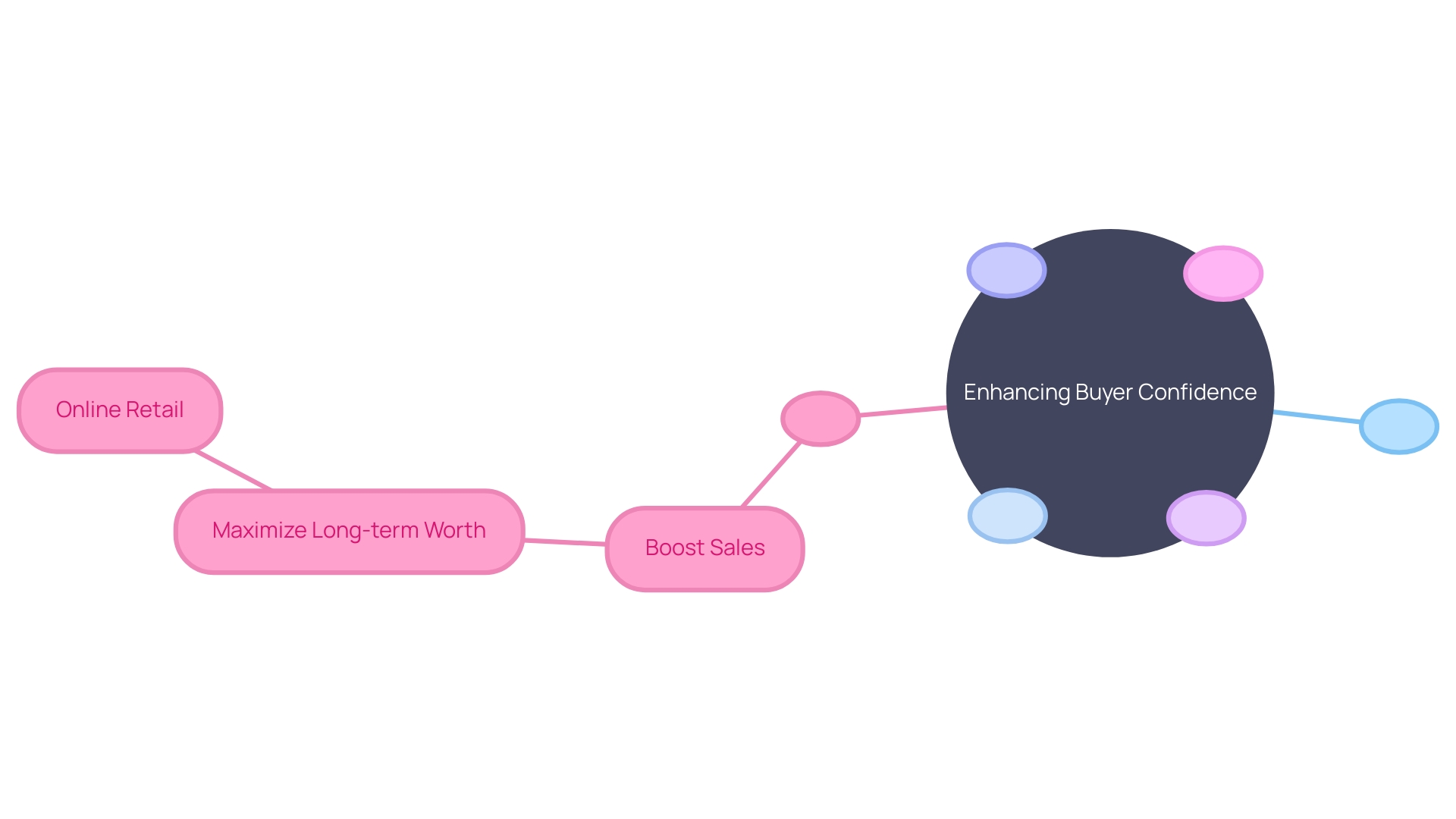
Implementing Effective Product Description Strategies
When it comes to e-commerce, the influence of a well-crafted item description cannot be exaggerated. It's the bridge between browsing and buying, serving as a virtual salesperson for your online store. In order to convert potential buyers into purchasers, your descriptions of the merchandise must be persuasive, emphasizing advantages and addressing any worries a shopper might have. By utilizing the craft of persuasive writing, you can highlight how your offering resolves an issue or improves the consumer's existence.
Conciseness is key; too much detail can overwhelm, while too little leaves customers guessing. Aim for the perfect balance in titles, targeting 75 to 100 characters to convey the essence without being cut off in search results. This also contributes to SEO, ensuring your items are discoverable in the vast ocean of online offerings.
Crafting descriptions isn't just about listing features; it's about telling a story. A story that links the buyer to the item, generating an emotional connection that surpasses the specifications. Direct your attention to the 'who', 'what', and 'why'—who the item is for, what it accomplishes, and why it's the top solution. With every word, aim to weave a tale that places the individual at the heart of the experience.
The layout of your descriptions also matters. Use formatting to your advantage, breaking up text with bullet points and ensuring ample spacing to enhance readability. This not only makes the content more scannable but also more engaging, inviting individuals to envision the item in their lives.
User-generated content, like reviews, can be a goldmine for trust and conversion. Incorporating this content into pages can offer that additional level of authenticity that many online shoppers desire. By actively collecting reviews with structured questions, you can present a uniform and informative snapshot that complements your crafted descriptions.
Bear in mind, each element of content on your page should have a function—from the practical sales pitch that focuses on the advantages to the calculated application of 'Golden Keywords' that individuals use in their search queries. By combining these elements with an understanding of your audience, gathered from surveys and interviews, you can create descriptions that not only inform but also inspire action.
In the end, your descriptions are a vital part of your online selling plan, impacting not only search engine rankings, but also the customer's progression from curiosity to buying. With a clear, compelling narrative, strategic keyword inclusion, and thoughtful formatting, your pages can stand out in the competitive digital marketplace.
Utilizing Catalog Management Software Tools
Selecting the appropriate catalog management software is a crucial choice for e-commerce businesses looking to improve their listings and streamline operations. Contemporary catalog management tools provide a multitude of features designed to streamline the management of extensive inventories. They enable mass uploads, making it easier to manage numerous entries at once, which is particularly advantageous for businesses with extensive lines. Inventory tracking capabilities are also a cornerstone of these tools, allowing for real-time visibility into stock levels and aiding in the prevention of stockouts or overstock situations.
Integration with various e-commerce platforms is another significant advantage, as it ensures seamless synchronization of item information across different sales channels. This becomes increasingly important in an environment where consistent and accurate information about items is essential for customer satisfaction and retention. The capability to consolidate data in one location aids in sustaining uniformity and minimizing the likelihood of data duplication, which is a widespread obstacle for numerous organizations.
When selecting a catalog management solution, it's important to consider the specific needs of your business. For example, certain software may provide advanced analytics to acquire insights into product performance, while others may prioritize ease of operation and user satisfaction. Moreover, the selection of software should be in accordance with the company's data governance policies and the distinct workflow of the online business team.
The retail landscape is evolving rapidly, with new technologies such as checkout-free stores introducing innovative ways to manage inventory and enhance customer satisfaction. E-commerce businesses must adapt to these changes by implementing catalog management solutions that not only meet current demands but also are adaptable enough to accommodate future technological advancements and consumer expectations. By carefully evaluating different catalog management software options, businesses can ensure they select a tool that not only meets their immediate needs but also supports their long-term online business strategy.
Personalizing Product Catalogs for Enhanced User Experience
Utilizing the potential of personalization in e-commerce is similar to the barista at your neighborhood coffee store who recollects your regular order — it establishes a bond that enhances the shopping process. By utilizing consumer data and comprehending behavioral patterns, online vendors can provide tailored recommendations and promotions that align with individual preferences. This not only enhances the user experience but also boosts engagement, as seen in innovations like Spotify's tailored podcast suggestions and Zippin's personalized shopping experiences at Dublin Airport. These companies showcase the influence of customization in maintaining customer interest and revolutionizing the way items are found and bought. The key to success lies in fostering a customer-centric culture where each interaction is deliberately shaped to cater to the consumer's unique needs and preferences.
Optimizing Product Listings for SEO and Discoverability
To enhance organic traffic to your e-commerce store, it's crucial to become skilled in the art of listing optimization. Start with thorough keyword research, concentrating on terms that connect with your item and target audience, such as longtail keywords which pinpoint specific consumer needs, like 'blue children's hat' rather than just what.' These tailored search terms are more likely to lead to higher conversion rates as they target shoppers with a defined purchase intent. Incorporate these keywords naturally into item titles, descriptions, and metadata to match search engine algorithms, particularly Amazon's A9 and Google's advanced search functions, which prioritize relevancy and user experience.
Optimizing images is equally important; utilize descriptive alt tags and file names to ensure your items are easily discoverable. This is particularly significant with Google's new capability enabling users to sort out searches for items by nearby stores, emphasizing the significance of SEO in local and online searches. By emphasizing these strategies, you not only improve user trust but also utilize the influence of user-generated content and reviews, which can have a substantial effect on your item's visibility and sales.
Remember, the online journey of approximately 93% of consumers begins with a search engine, and recent meta-analyses on click-through rates within Google Search highlight the value of optimizing every element presented in search results, from web page summaries to images. Hence, investing in comprehensive SEO strategies is crucial for the growth and success of your online business.
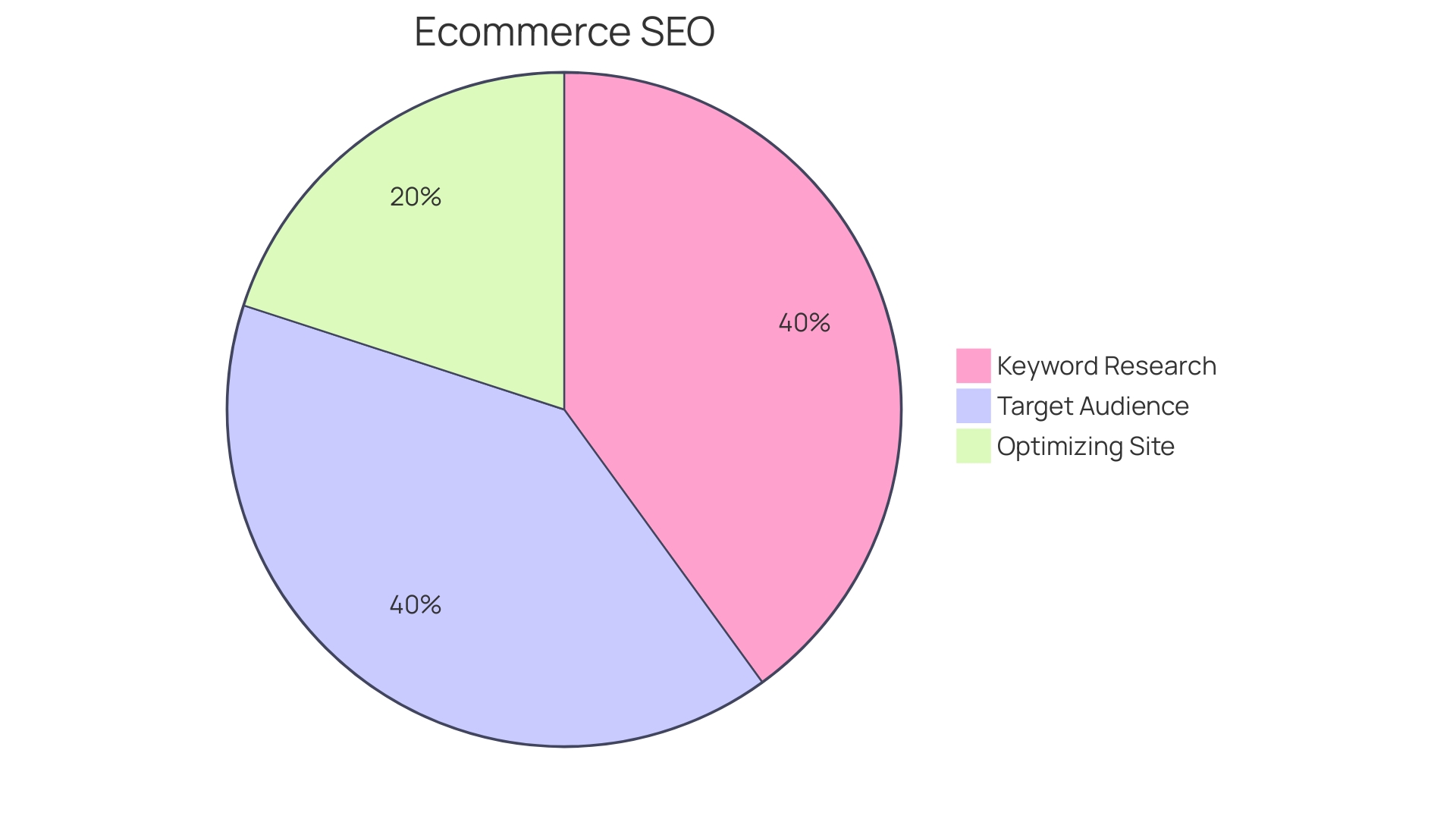
Regularly Auditing and Updating Product Inventory
The dynamic nature of e-commerce demands that your item listings are meticulously managed. Take Cycle Néron's experience, for instance, where inventory complexity grew with the business, especially with the advent of electric bikes. Their example highlights not just the need for accuracy but also the challenge of managing a diverse and expanding product range. Quality checks and prompt updates are integral to this process. When you conduct a business audit, particularly on platforms like Amazon, you must adapt swiftly to changes such as new market strategies, emerging technologies, or platform updates to stay competitive.
To excel in warehouse inventory management, you must understand that it's not only about stock levels; it's about streamlining the flow of goods, optimizing operations, and meeting the needs of clients. Your database should be the ultimate source of inventory information, reflecting the attributes that matter most to your business and clients. Modern tools and specialized software are now available to enhance stock tracking and analysis, moving beyond outdated spreadsheets or manual records.
Finally, with retailers only having an accurate indication of inventory 70% of the time, it is clear that maintaining precision in inventory management is not only essential for satisfaction of clients but also for the credibility of your business. And with the increase of omnichannel retailing, where individuals anticipate seamless interactions across all platforms, the stakes are higher than ever. Your inventory management practices should be designed to meet these expectations, ensuring that out-of-stock products do not diminish the satisfaction of your clients.
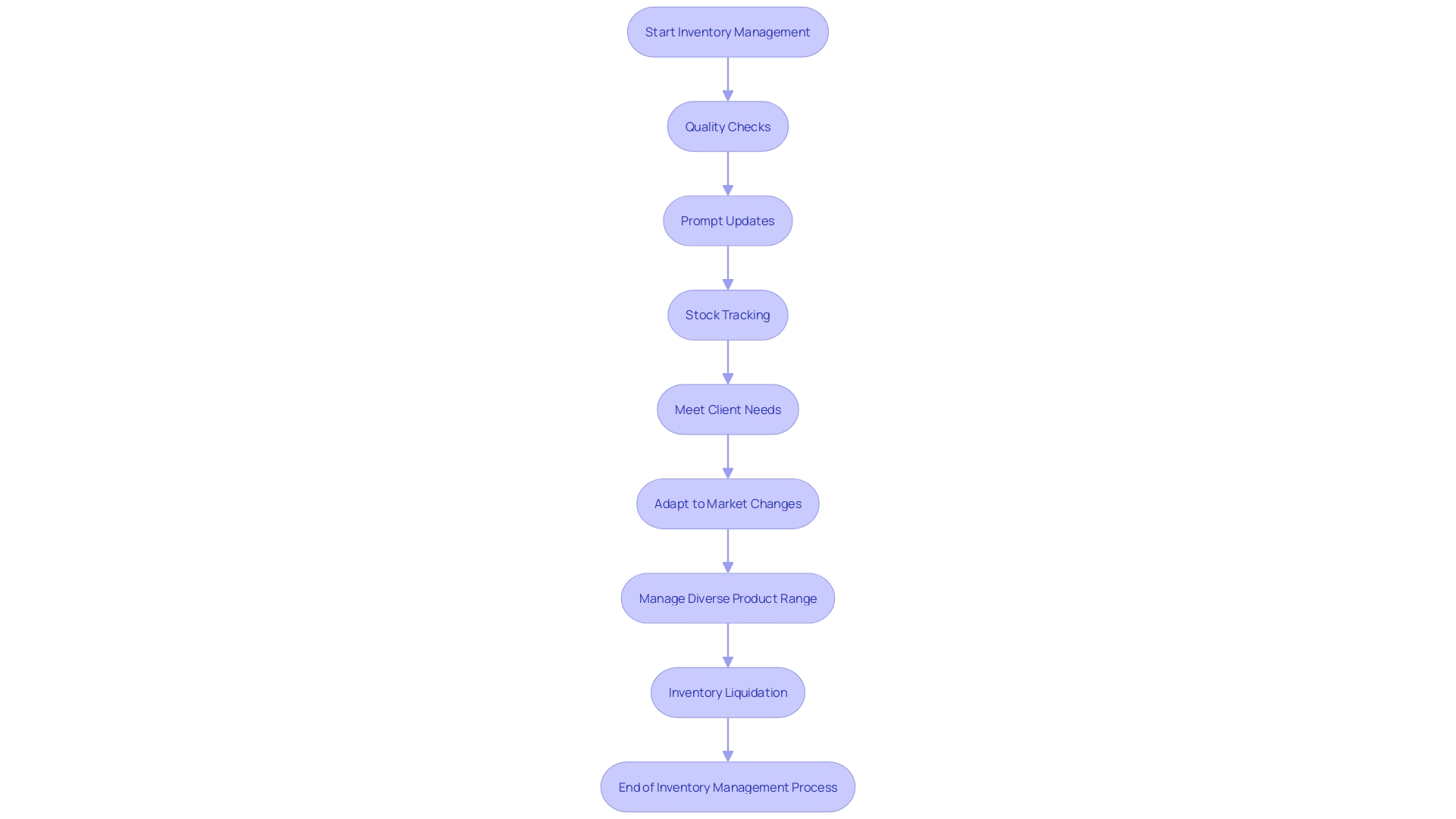
Integrating Customer Feedback for Continuous Improvement
Utilizing feedback from buyers is a versatile resource for refining your online store inventory and improving buyer satisfaction. By actively seeking reviews and ratings, you gain direct insight into their needs and preferences. Digesting this feedback is critical; it can reveal critical areas for improvement, allowing you to swiftly address any product-related issues and finesse your catalog management approach. Recent experience research emphasizes a concerning disconnect: 57% of clients believe their feedback falls on deaf ears, yet this feedback is the lifeblood of improvement focused on clients. For example, TBC Bank utilized client input to expedite their digital product time-to-market, reinforcing their dedication to client satisfaction and operational agility. By implementing a responsive feedback loop, your e-commerce platform can elevate customer satisfaction, resulting in heightened loyalty and a fortified bottom line.
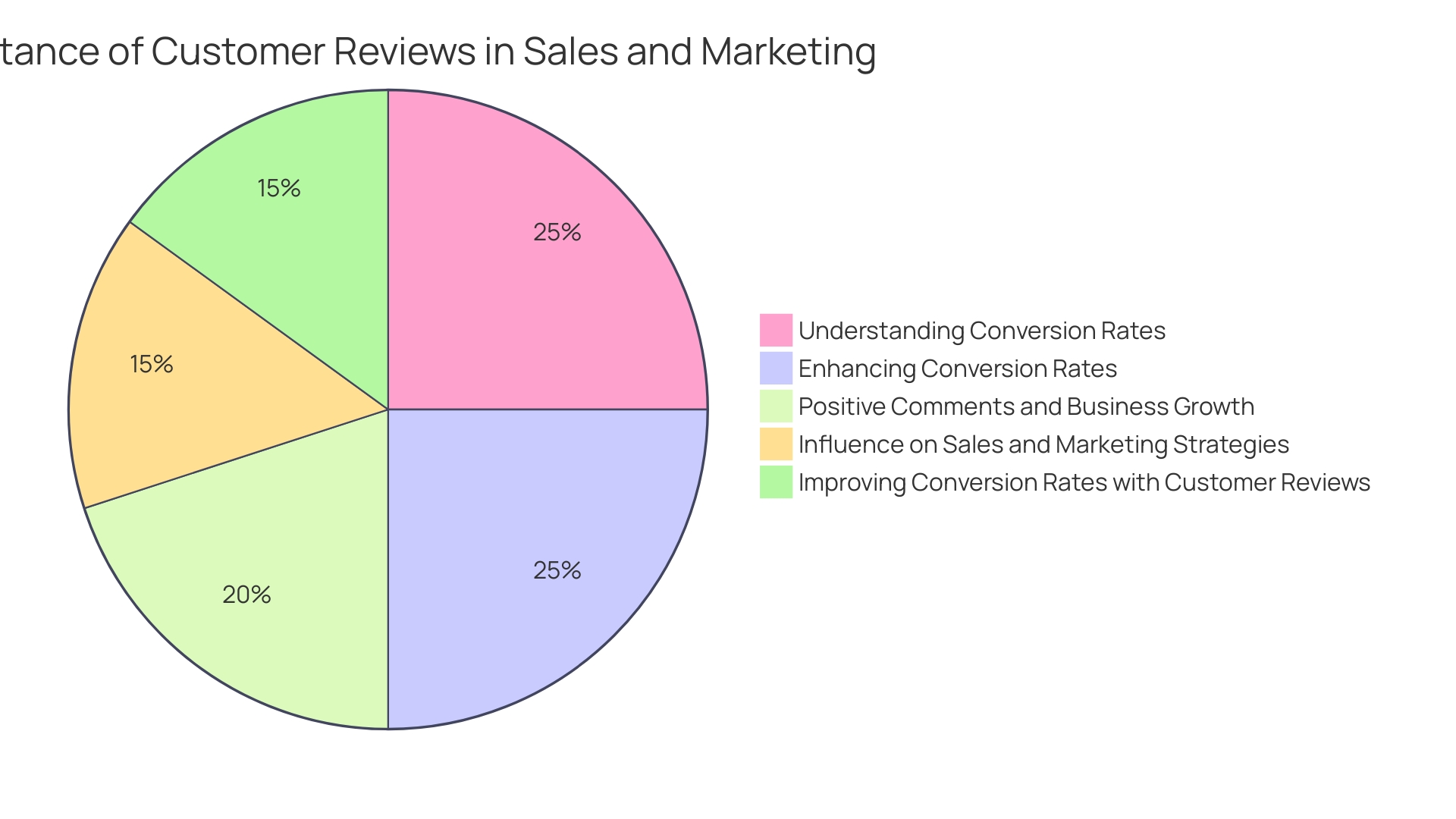
Conclusion
In conclusion, e-commerce catalog management is crucial for delivering a seamless and personalized shopping experience. By optimizing catalog organization, leveraging data science, implementing effective product descriptions, utilizing catalog management software, personalizing product catalogs, optimizing product listings for SEO, auditing and updating inventory, and integrating customer feedback, businesses can exceed customer expectations and thrive in the competitive digital marketplace.
A well-structured catalog simplifies navigation and enhances the user experience. Leveraging tags, categories, and attributes optimizes organization and search visibility. Data science provides insights into consumer behavior, enabling personalized marketing strategies.
Effective product descriptions and user-generated content build trust and drive conversions.
Catalog management software streamlines inventory management and ensures consistency across sales channels. Personalization based on customer data enhances engagement and loyalty. Optimizing product listings for SEO improves organic traffic and visibility.
Regular auditing and updating of inventory ensure accuracy and customer satisfaction.
Integrating customer feedback drives continuous improvement and fosters a customer-centric approach. By actively soliciting and analyzing customer reviews, businesses can address issues and enhance their catalog management.
By following these practices, businesses can position themselves as industry leaders and thrive in the rapidly evolving digital marketplace. E-commerce catalog management is a crucial aspect of providing a seamless and tailored shopping experience that exceeds customer expectations.





